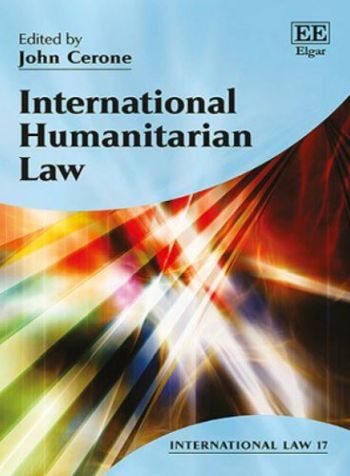
This volume brings together traditional and contemporary articles by leading scholars in international humanitarian law. It incorporates key papers published between 1625 and 2012 that investigate the major themes of the field including the development of international humanitarian law, human rights law, international criminal law, gender-related violence in armed conflict, the changing nature of occupation and cyber war. With an original introduction by the editor this insightful collection will prove an essential reference point for students, researchers and policymakers.